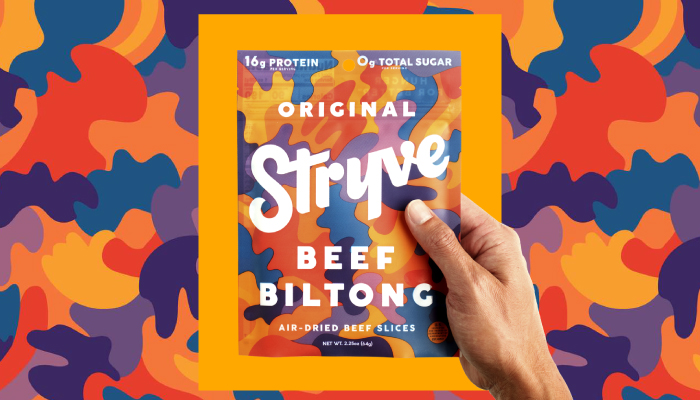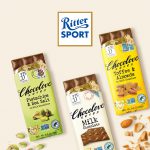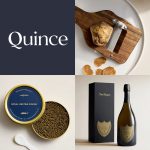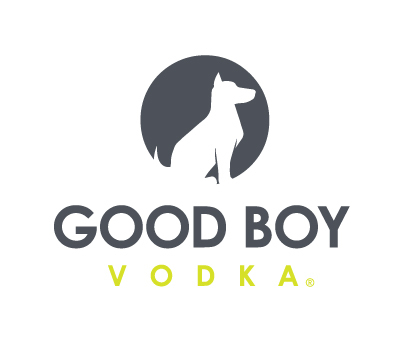Stryve: Net Sales Decline After Successful Expense Reductions Measures

Air dried meat snack company Stryve reported a 1.3% decline in net sales year-over-year to $5.4 million in Q4 during an earnings call yesterday, executives said, largely due to the company’s SKU rationalization efforts and other cash conservation measures. Those actions spurred significant margin improvements, with gross profits totaling $1.2 million, 22.3% of net sales in Q4 FY22, compared to the 11% profit margin reported in Q4 2021.
“This is a new company that is now better positioned and we will deliver profitable volume growth,” said CEO Chris Boever during a call with investors. “We streamlined the organizational structure and delivered double digit improvement in pricing. While there are still components of the transformation to complete, the progress the team made has been impressive.”
The publicly traded company, which produces dried meat snacks under the Stryve, Kalahari and Vacadillos banners, recently shifted its branding to broaden its positioning; its flagship line now described as ‘sliced steak’ in place of “biltong.” According to Stryve executives on the call, the new packaging has garnered positive responses from consumers thus far and helped secure new retail partnerships which will be announced in Q2.
Since Boever took the helm in June, the company has been focused on reducing operating costs and “simplifying” its business, including eliminating 180 SKUs from its mix. Those reductions impacted Stryve’s full year net sales, which came in slightly below at $29.9 million versus $30.1 million. According to Boever, despite the short term sales and volume declines, those efforts helped control the company’s cash operating expenses in the second half of the year, which were reduced 55% in Q4 alone compared to the prior year.
However, as a result of the operations and inventory overhaul, Stryve’s liquidity is currently strained and CFO Alex Hawkins said he expects the company will require an investment in working capital early this year.
“We think it’s reasonably likely that our auditors will issue their opinion qualified by a growing concern if we do not secure additional financing in the near-term,” CFO Alex Hawkins told investors during a call yesterday. “Fortunately, we have options and we are navigating those in real time to optimize cost of capital and to maximize shareholder value in the long run.”
Nonetheless, Stryve expects that the discontinuation of slow-moving, low margin items and non-profitable accounts will help stabilize the company’s sales in 2023, though it expects only flat to modest growth by year-end compared to 2022. In addition to reducing SKU count, the company has reduced materials use, redesigned formulas and begun to work toward a circular economic value approach including “recapturing” previously wasted inputs to make new materials and products. Long term, execs believe these measures will help propel the business toward profitability.
“With significantly improved price/mix, better procurement, and improving yields, we have made significant strides in fixing our unit economics and have stabilized our gross margins in the back half of 2022,” said CFO Alex Hawkins, in a press release. “We have also made significant progress reducing cash operating expenses, which further narrows losses and the monthly cash burn. We’ve established a leaner, more productive organization, streamlined our operations and offerings to accelerate to profitability in the future.”


















